Want your perfect workout program?
Take QuizThe Only 3 Chest Exercises You Need for Fuller Pecs

Written by Kyle Hunt | BEXSci.
Fact checked by Tyler DiGiovanni, BSBM
 FACT CHECKED
FACT CHECKED
I want you to forget everything you know about chest training. You only need three exercises to get monster pecs - a flat press, an incline press, and a fly variation. The specific exercises have some wiggle room, but three stand out above the rest.
This article covers my favorite chest exercises: the flat barbell bench press, incline dumbbell press, and cable crossover. If you think you can’t get jacked with only three chest exercises, this article is for you. Too much exercise variation has likely been holding you back. Progressing on these three movements is the key to growth. So, if you are ready to change how you train your chest, let’s dive in.
1. The Flat Barbell Bench Press
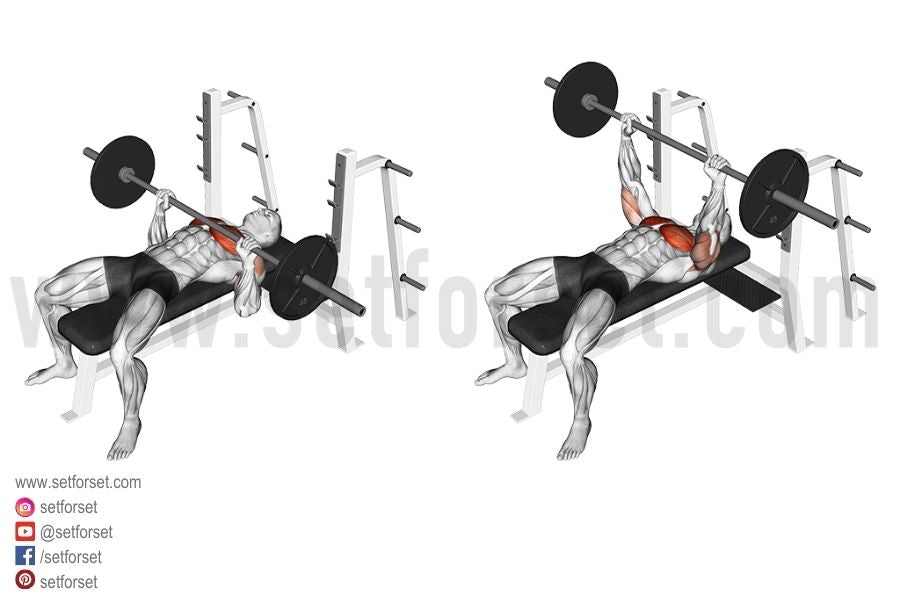
As popular as the barbell bench press is, it’s clouded in controversy in the bodybuilding community. Some say it’s the best chest builder, while others claim it’s just an injury waiting to happen.
Early in my training career, I listened to the latter crowd. Instead of barbell benching, my chest training was all dumbbells, cables, and machines. These implements are great, but they shouldn't replace the barbell. Ironically, my chest didn’t begin growing until I started powerlifting. My chest exploded as soon as I threw away all of the bodybuilding dogma and focused on barbell benching.
Now, it wasn’t just the bench press. It’s how I attacked it. Here is a bench press tip you don’t hear a lot of bodybuilders provide – go heavy for low reps. Yes, use the barbell bench press the way the big boys do. Research shows that you can build muscle even with low reps, so don't be afraid to put some weight on the bar.¹ I want you to bully the weights and focus on hitting new personal records in the 3-6 rep range.
Lifting progressively heavier weights over time is the key. Keep track of your training in a notebook. Write down the weight, sets, and reps. Every time you go to bench press, try to add an extra rep or an extra 5 pounds to the bar.
Barbell Bench Press Tip: Technique
Learning how to bench press properly will keep you healthy and allow you to get the most out of the exercise. The biggest thing is tension. We want everything from your feet to your head to be tight.
During the set-up, dig your traps and upper back into the bench while squeezing your shoulder blades together. If done right, this will give you an arch. It doesn't need to be a crazy powerlifting arch, but an arch is good. It puts your shoulders in a safer position to press and mimics a decline angle without the awkwardness of a decline bench. See, we will still sneak some lower pec work in after all.
2. The Incline Dumbbell Press
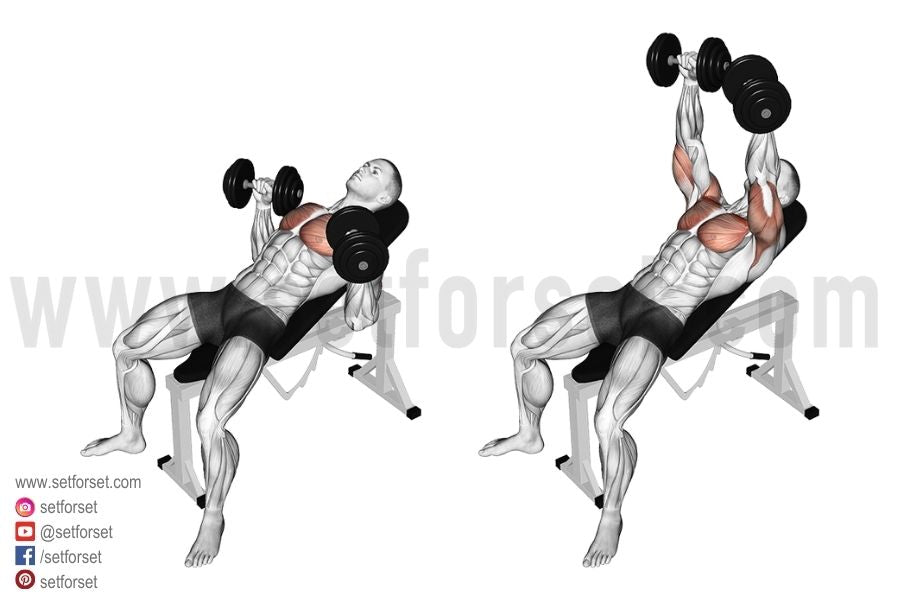
The second exercise is the incline dumbbell press. Barbells are great, but including a dumbbell chest exercise after the flat barbell bench press makes sense. Dumbbells allow for unilateral training, meaning each limb works independently, helping to address muscle imbalances and asymmetries. Plus, I'm not too fond of the incline barbell press, mainly because it's hard to safely get the bar off the rack. It always feels like I will tear my shoulder off just getting the bar into position. So, nine times out of ten, I opt for dumbbells.
The angle is crucial in the incline bench. Research shows you only need a 30-degree angle to maximize upper chest development as displayed by the EMG graph below.² Thirty degrees is less than you think.
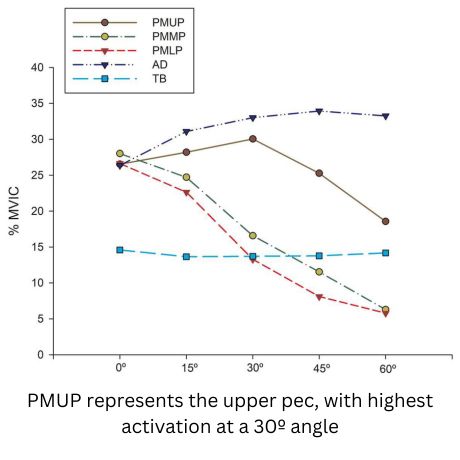
Figure 1: Rodríguez-Ridao, D., Antequera-Vique, J. A., Martín-Fuentes, I., & Muyor, J. M. (2020)
Typically, people use 45 degrees or higher. The problem with this is that it brings the front delts more into play, taking some of the tension off the pecs. If your gym has no adjustable bench that goes to 30 degrees, take a free-standing flat bench and put two 45-pound bumper plates under one side.
Some evidence suggests the upper chest is activated more with a narrow grip.³ With dumbbells, this translates to keeping your elbows tight versus flared out. This detail isn't a huge deal, so do whatever feels best. That said, keeping your elbows semi-tucked is typically more comfortable on your shoulders.
A quick note on technique. Many people use too much of an arch on an incline press. You should still retract your shoulders and get yourself in a good position to press, but if you arch too much, it almost turns the incline press into a flat press, defeating the purpose.
Incline Dumbbell Press Tip: No Ego Lifting
The barbell bench press is typically called the ultimate ego lift, but in my experience, the incline dumbbell press is just as bad. I want you to push yourself to move around heavy dumbbells, but not at the expense of good technique. Use a weight you can control, especially when lowering the dumbbells.
Another advantage dumbbells have over barbells is that you can use a greater range of motion. The problem is only a few people use it. Get a good stretch at the bottom and press until your arms lock out at the top. Yes, you might have to lower the weight a bit, but it's worth it if it leads to fuller pecs.
3. The Cable Crossover
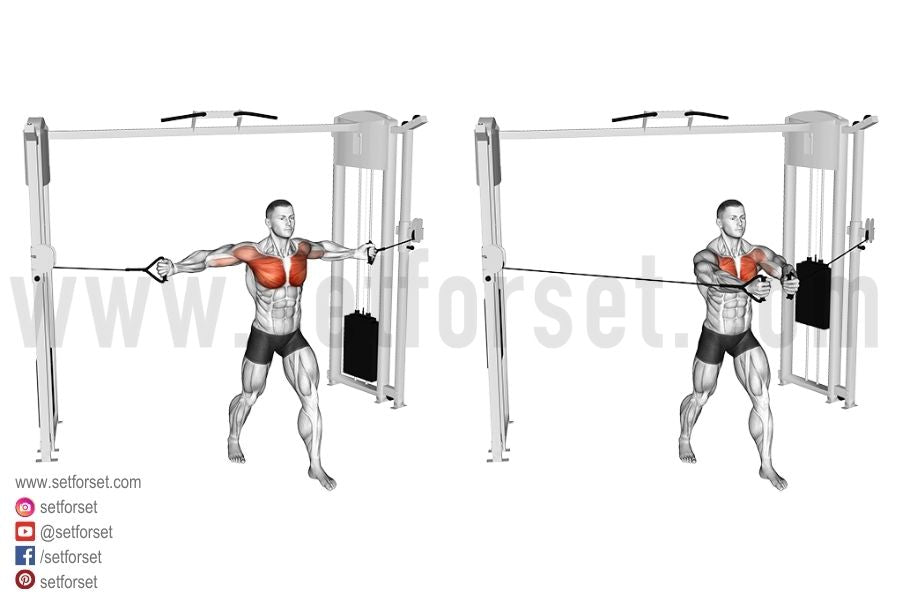
Last but not least is the cable crossover, also known as the cable fly. The first question is, why include a fly? I love pressing movements, which is why the first two exercises are presses. That said, flies offer a safer way to emphasize the stretched position. Moreover, flies allow you to get a full contraction at the top. Anyone who has taken a set of cable crossovers close to failure knows what I am talking about. The chest pump is real.
The next question is, why a cable fly versus the countless other options?
The cable crossover is an excellent exercise for fuller pecs because it provides constant tension on the pecs for the full range of motion, maximizing muscle fiber recruitment and promoting hypertrophy. Compare this to a dumbbell fly that only provides tension at the bottom and is an easy decision. This is clearly on display in the chart below.
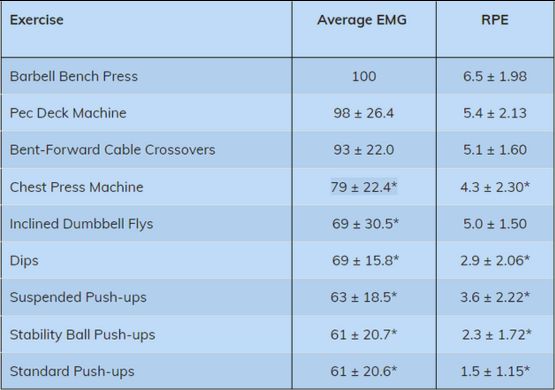
Figure 2: Schanke, Whitnee (2012)⁴
Now, you may look at the chart and wonder why I didn't select the pec deck. Unlike a pec deck, which is fixed in one plane of movement, you can play with the cable adjustments up and down for variation or to find the best position on your pecs. This wide range of movement angles helps stimulate growth across the entire pectoral region for more complete development.
My favorite cable crossover position is the high to low. To do this, set the cables to the highest or near the highest setting, with D-handles attached. The movement begins with your hands at shoulder height and ends with them around waist height.
Cable Crossover Tip: Focus On The Stretch
An increasing body of research indicates that resistance training at long muscle lengths (the stretched position) enhances muscular growth.⁵ ⁶ ⁷ When doing cable crossovers, focus on stretching the pecs as much as you can. Keep your arms slightly bent, and bring your elbows back as far as your mobility and flexibility allow. Here is a bonus tip. Cross your hands at the end of the movement to get a gnarly contraction. Remember to alternate which hand goes in front of the other on every other rep.
Chest Anatomy 101
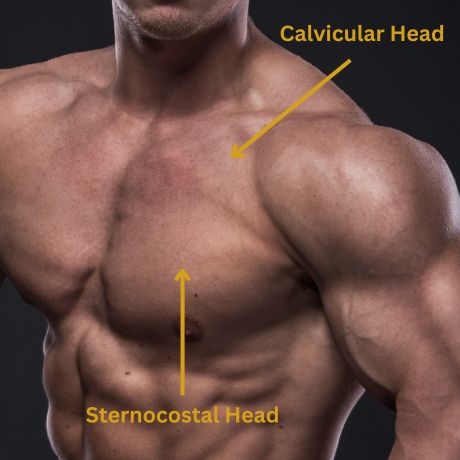
Before we get into the exercises, we need to discuss chest anatomy. It’s important to know because simply changing the angle or grip of a movement can change the impact on your chest development.
The pectorals (pecs), comprised mainly of the pec major and minor, are the primary chest muscles. The larger of the two, the pec major, controls the upper arm's internal rotation, flexion, and adduction. It has two heads: the sternocostal head, which starts at the breastbone and upper ribs, and the clavicular head, which begins at the collarbone.
Research shows the best way to target the sternocostal head is to use a flat press, and the best way to target the clavicular head is with an incline press, as you can see below.⁸ ⁹
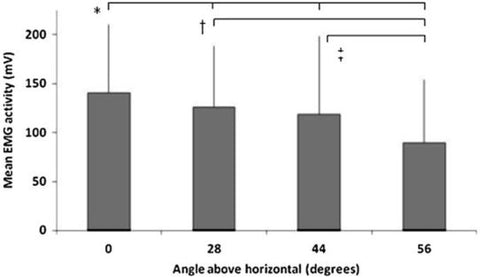
Figure 3: Sternocostal Head Muscle Activation Trebs, A. A., Brandenburg, J. P., & Pitney, W. A. (2010)
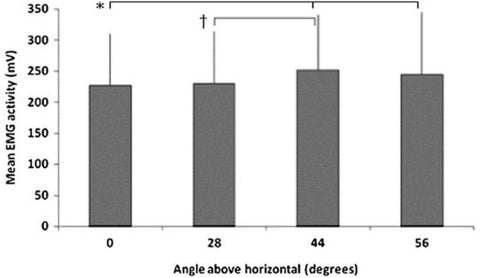
Figure 4: Clavicular Head Muscle Activation Trebs, A. A., Brandenburg, J. P., & Pitney, W. A. (2010)
This point is critical because it shows you must incorporate multiple pressing angles to maximize chest development. I love the bench press, but only flat benching is a common mistake people make. To build a full chest, you must also incorporate something for the upper pecs.
Beneath the pectoralis major is the smaller, triangular-shaped pectoralis minor. It enters the scapula after emerging from the third, fourth, and fifth ribs. The pectoralis minor is crucial in shoulder depression and essential for bench press strength and stabilization of the shoulder blade. That said, we can avoid paying attention to it for bigger pecs.
The Decline Bench Press Is a Waste of Time
Do we need to include a decline press, too? The short answer is no. For a brief period, the decline bench got a lot of love. Much of it stemmed from a 1997 EMG study that showed the decline bench press caused more muscle activation for the sternocostal head and the same muscle activation in the clavicular head as an incline bench press.¹⁰
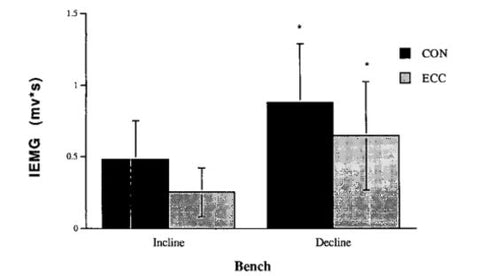
Figure 5: Sternocostal Head Glass, Stephen & Armstrong, Ty. (1997)
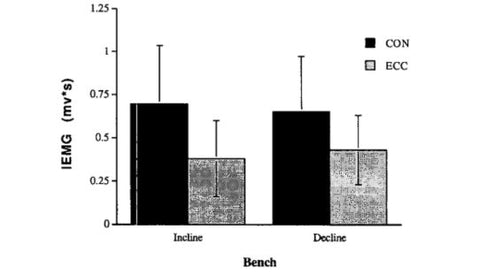
Figure 6: Clavicular Head Glass, Stephen & Armstrong, Ty. (1997)
Based on that, the decline bench is the perfect chest exercise. Not so fast.
A complete dissection of EMG studies is beyond the scope of the article, but their application is limited. More importantly, research does not consistently show equal muscle activation in the upper chest between the decline and incline bench press—quite the opposite, as most research shows what bodybuilders have known for decades. The incline press is the best option for the upper pecs.¹¹
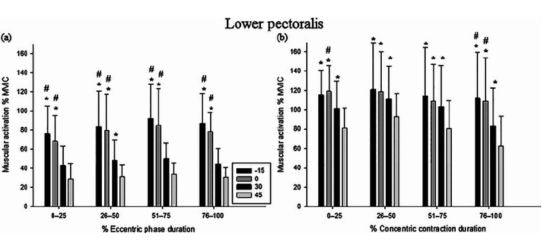
Figure 7: Lauver, J. D., Cayot, T. E., & Scheuermann, B. W. (2016)
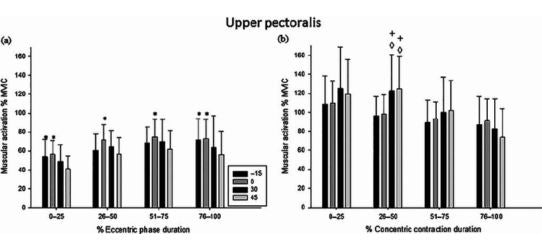
Figure 8: Lauver, J. D., Cayot, T. E., & Scheuermann, B. W. (2016)
So, what’s the deal? The decline bench is fine for targeting the sternocostal head of the pecs. The problem is that so is the flat bench press. And when comparing the decline to a flat bench press, the flat bench wins.
For one, most gyms don't even have a decline bench press. You can't do it if they don't have it. In gyms with one, the bench has your feet elevated or strapped in to prevent you from sliding down the bench. It isn't easy to be stable with your feet off the ground.
Stability is critical because it allows you to handle more weight and overload the muscle more effectively. Speaking of more weight, lifting heavier is one reason people like the decline press. However, while it is true you can lift more weight on a decline, it's due to a reduced range of motion (ROM). Research consistently shows training with a full ROM is best for muscle growth.¹²
The Perfect Chest Workouts For Fuller Pecs
Exercise order matters when putting together the perfect chest routine for fuller pecs. If doing all three exercises in one workout, I prefer hitting the barbell bench press first when fresh to maximize performance, and I like to finish up with a cable fly. This order leaves the dumbbell incline press sandwiched in the middle.
However, starting with an incline press could be best if your upper chest is weak. Even then, the sternocostal head makes up most of the chest mass, so I still recommend starting with a flat press.
Here are two chest workout examples based on one or two weekly chest sessions.
Option 1: Training Chest Once a Week
- Barbell Bench Press: 5 sets x 3-6 reps
- Incline Dumbbell Press: 4 sets x 6-10 reps
- Cable Crossover: 3 sets x 10-15 reps
Option 2: Training Chest Twice a Week
Workout 1
- Barbell Bench Press: 3 sets x 3-6 reps
- Incline Dumbbell Press: 3 sets x 6-10 reps
*Add exercises for the shoulders and triceps
Workout 2
- Barbell Bench Press: 3 sets x 7-10 reps
- Cable Crossover: 3 sets x 10-15 reps
*Add exercises for the shoulders and triceps
The Bottom Line
The TLDR version is this: You only need three exercises to train your chest effectively. The exercises are a barbell flat bench press, an incline dumbbell press, and a cable crossover. With that said, exercise selection is only part of the battle. You must still use good form, utilize progressive overload, and be consistent with your training. If you do that, you will be well on your way to a bigger, fuller chest.
Are you looking for a new workout program to start? We created what we consider the ultimate hypertrophy program to take your physique to the next level.
References:
- Schoenfeld, B. J., Grgic, J., Van Every, D. W., & Plotkin, D. L. (2021). Loading Recommendations for Muscle Strength, Hypertrophy, and Local Endurance: A Re-Examination of the Repetition Continuum. Sports, 9(2), 32. https://doi.org/10.3390/sports9020032
- Rodríguez-Ridao, D., Antequera-Vique, J. A., Martín-Fuentes, I., & Muyor, J. M. (2020). Effect of Five Bench Inclinations on the Electromyographic Activity of the Pectoralis Major, Anterior Deltoid, and Triceps Brachii during the Bench Press Exercise. International journal of environmental research and public health, 17(19), 7339. https://doi.org/10.3390/ijerph17197339
- Barnett, Chris1; Kippers, Vaughan2; Turner, Peter1. Effects of Variations of the Bench Press Exercise on the EMG Activity of Five Shoulder Muscles. Journal of Strength and Conditioning Research 9(4):p 222-227, November 1995.
- “Chest Isolation Exercises: 3 Most Effective Chest Exercises.” ACE Fitness, www.acefitness.org/certifiednewsarticle/2884/ace-sponsored-research-top-3-most-effective-chest-exercises/
- Maeo, S., Huang, M., Wu, Y., Sakurai, H., Kusagawa, Y., Sugiyama, T., Kanehisa, H., & Isaka, T. (2021). Greater Hamstrings Muscle Hypertrophy but Similar Damage Protection after Training at Long versus Short Muscle Lengths. Medicine and science in sports and exercise, 53(4), 825–837. https://doi.org/10.1249/MSS.0000000000002523
- Maeo, S., Wu, Y., Huang, M., Sakurai, H., Kusagawa, Y., Sugiyama, T., Kanehisa, H., & Isaka, T. (2023). Triceps brachii hypertrophy is substantially greater after elbow extension training performed in the overhead versus neutral arm position. European journal of sport science, 23(7), 1240–1250. https://doi.org/10.1080/17461391.2022.2100279
- Sato, S., Yoshida, R., Kiyono, R., Yahata, K., Yasaka, K., Nunes, J. P., ... & Nakamura, M. (2021). Elbow joint angles in elbow flexor unilateral resistance exercise training determine its effects on muscle strength and thickness of trained and non-trained arms. Frontiers in physiology, 12, 734509.
- Trebs, A. A., Brandenburg, J. P., & Pitney, W. A. (2010). An electromyography analysis of 3 muscles surrounding the shoulder joint during the performance of a chest press exercise at several angles. Journal of strength and conditioning research, 24(7), 1925–1930. https://doi.org/10.1519/JSC.0b013e3181ddfae7
- Chaves, S. F. N., Rocha-JÚnior, V. A., EncarnaÇÃo, I. G. A., Martins-Costa, H. C., Freitas, E. D. S., Coelho, D. B., Franco, F. S. C., Loenneke, J. P., Bottaro, M., & Ferreira-JÚnior, J. B. (2020). Effects of Horizontal and Incline Bench Press on Neuromuscular Adaptations in Untrained Young Men. International journal of exercise science, 13(6), 859–872.
- Glass, Stephen & Armstrong, Ty. (1997). Electromyographical Activity of the Pectoralis Muscle During Incline and Decline Bench Presses. The Journal of Strength & Conditioning Research. 11. 10.1519/00124278-199708000-00006
- Lauver, J. D., Cayot, T. E., & Scheuermann, B. W. (2016). Influence of bench angle on upper extremity muscular activation during bench press exercise. European journal of sport science, 16(3), 309–316. https://doi.org/10.1080/17461391.2015.1022605
- Wolf, Milo & Androulakis-Korakakis, Patroklos & Fisher, James & Schoenfeld, Bradley & Steele, James. (2022). Partial vs full range of motion resistance training: A systematic review and meta- analysis. 10.51224/SRXIV.198.

Also in Blog
Recent Articles
-
Calories In, Calories Out Myth: Fact or Fiction?April 08, 2025
-
Cardio Or Strength Training: What's Better For Weight Loss?April 03, 2025
Must Reads
-
Mr Olympia 2024: What to Expect This Year (Oct. 10-13, 2024)September 11, 2024
-
What Can Walking For 1 Hour Everyday Do For You? My ExperienceFebruary 28, 2024
-
The Ultimate "Bro Split" Workout Plan (Backed By Science)August 05, 2023
- Blog
- Exercises
- Workouts
- Meal Plans
- SFS Programs
- Apparel
- About Us
- FAQ
- Shipping
- Warranty
- Contact Us
- Terms & Conditions
- Privacy Policy
- Affiliates
- SFS UGC Policy
- SFS MBG Policy
- Disclosures
- Legal Disclaimer
Sign up to get the latest on sales, new releases and more…
© 2025
SET FOR SET.
Powered by Shopify
















Kyle Hunt
Author